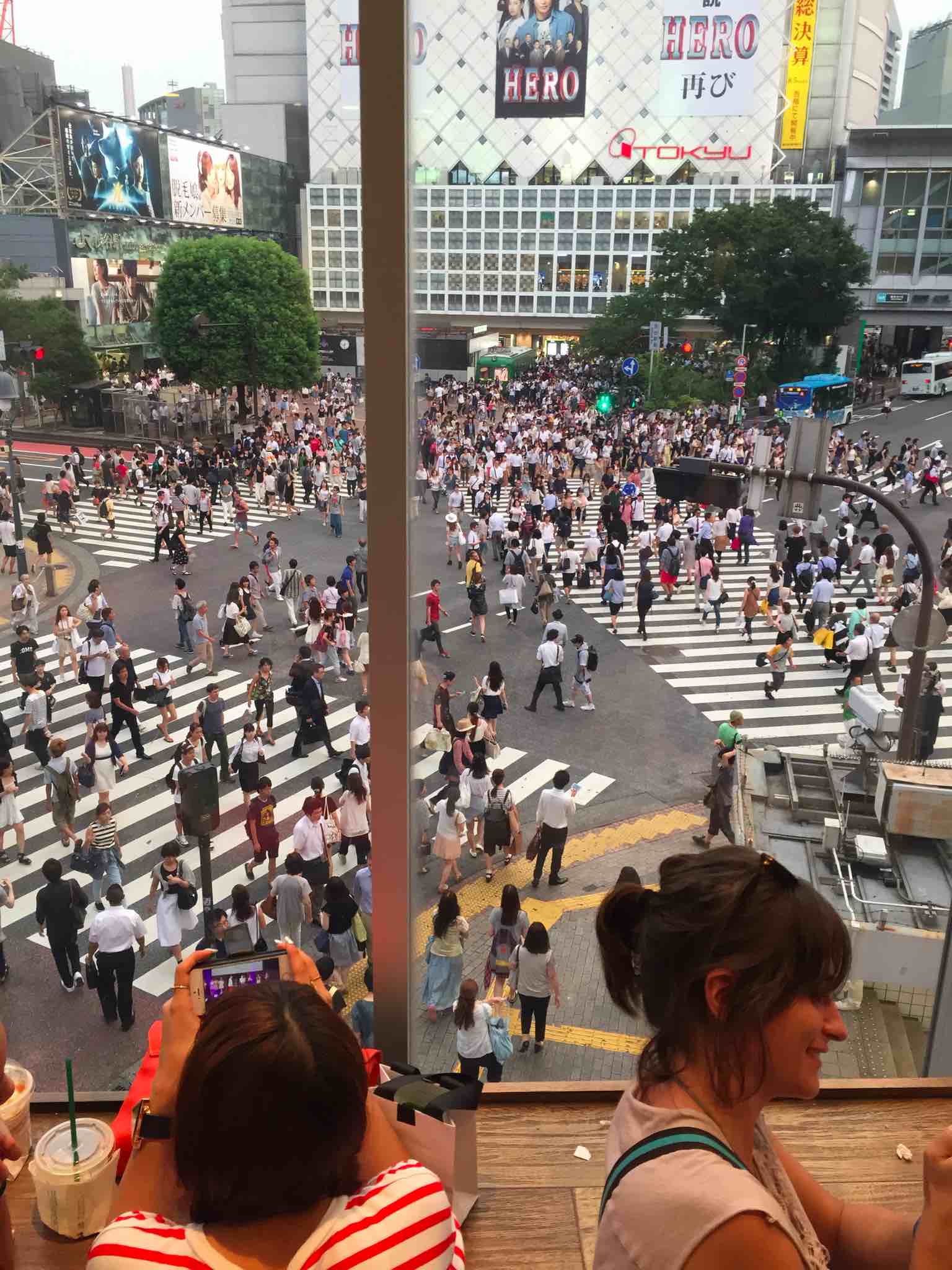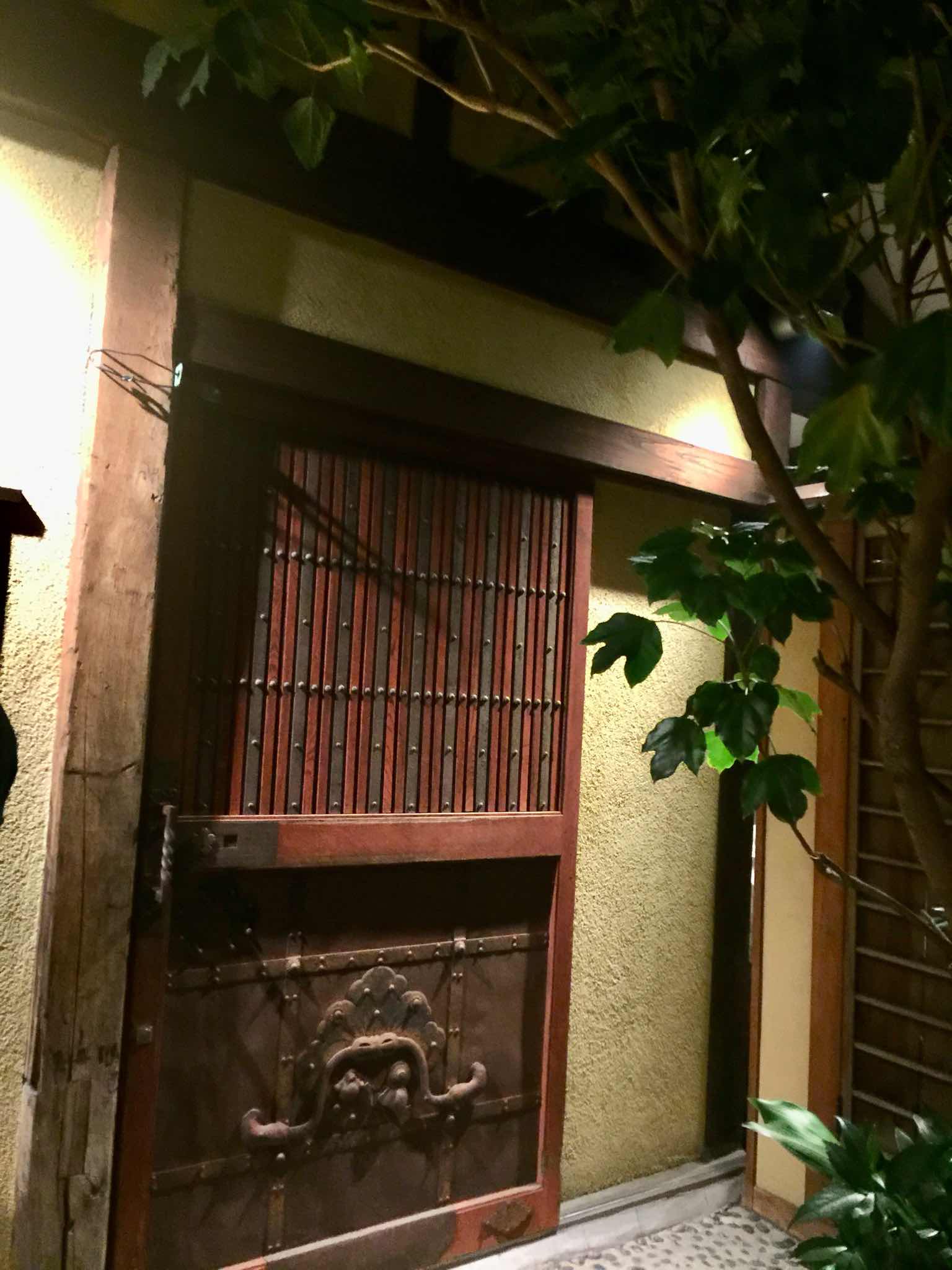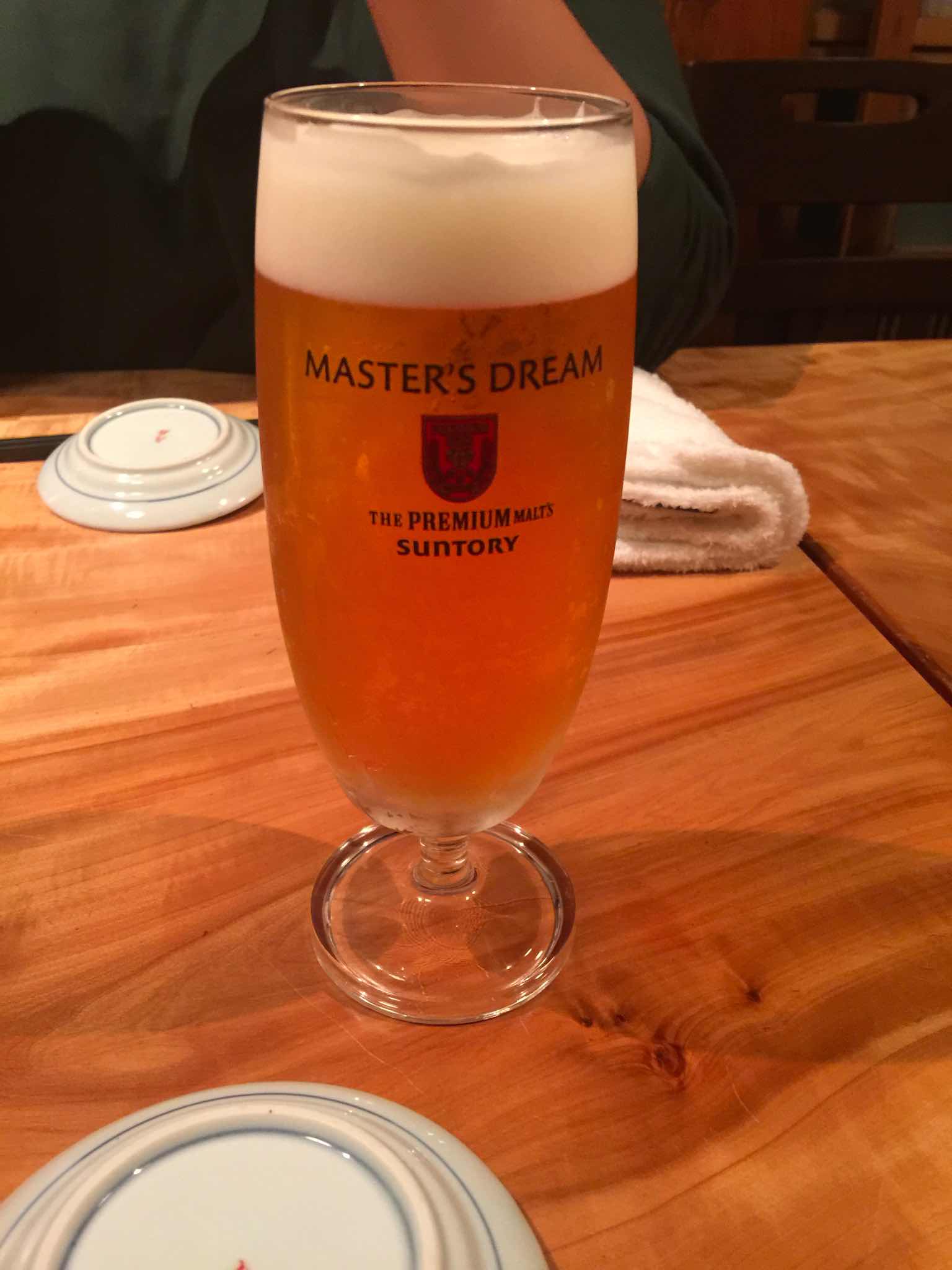Tokyo - Japan - searching for sushi traditions
Hello Folks ✌️
If I wanted to characterize the last few days after the full moon, I can say that thunderstorms, storms, storms ...
It is clearly visible that the dry season is breaking through to us and there is less and less rain and more and more puffy clouds and just such violent hour-long storms.
Life after quarantine slowly returns to normal, although it is still far from what it was a year or two ago.
I had the opportunity to be in the center of Saigon yesterday and I must say that I have never seen such an empty city near the city hall and the Ho Chi Minh monument.
But hope is slowly returning to Southeast Asia. Bali has already opened its airport and you can go there on vacation. The situation is similar on the island of Phuket in Thailand.
Vietnam is also slowly preparing several resorts, including Phu Quoc Island, to welcome the first tourists from November. The only inconvenience of this solution will be that you will not be able to move for seven days from the place where you land and you will have to undergo post-arrival and pre-departure tests. All this for people vaccinated with two doses of the vaccine and with a negative PCR test in hand. If this plan to gradually open up tourism is successful, then from January there is a chance for the full lifting of restrictions on tourists in Asia. We'll see.
I keep my fingers crossed for the opening of the tourism market in Southeast Asia because it is one of the largest and most important branches of the economy and a significant source of income for the countries located here.
I also believe that environmental measures are badly needed to maintain the productivity of the Mekong Delta. Climate change has a huge impact on the river and ocean water levels, which is a critical parameter for seafood production.And when we talk about seafood, I am convinced that the most famous representative of this part of the menu, in a virulent form all over the world, is ... sushi.
Today's article will be about my trip around Tokyo, which resulted in the discovery of three different sushi bars.
Starting point - Shibuya
When compiling a list of places and things you must see when visiting Tokyo, we include Shibuya intersection, the busiest, most photographed and filmed intersection in Tokyo. Its advantage is that it is located right at the exit of the subway station and Shibuya train station, opens up streets with shops and countless Pacinko stores. It is not without significance that the statue of the faithful dog Hachiko is also located right next to the metro exit.
Shibuya is really impressive. When the green light for pedestrians is turned on, hundreds of people go to the crossroads, going in different directions using three cavernous pedestrian crossings.

The second point on this list is eating Ramen soup and the third is the obligatory, original sushi. Anyway, when it comes to cooking in Japan, I firmly believe that ramen and sushi are a must-have on the plan. Of course, there is also Sapporo or Asahi beer.
You can find an overview of beers in Asia in this article.
It was no different in my case.
I love Japan for its order, cleanliness and disciplined society. He impresses me with his extraordinary, high personal culture, which is represented by both children and adults. I like the Japanese work ethic and spiritual liberation.
In Japan, it's no surprise that someone wears a Mickey Mouse costume, one of the anime characters, or a leather Ranger outfit. Whatever you put on, no one will lecture you. And that's fantastic. What matters is what a person represents with himself.
His personal culture and what he does prove his value towards society. Added to this is the freedom to express your individuality.
The Japanese are very natural at what they do and that is fantastic.
But let's get back to sushi.
The goal I set for myself during my last visit to Tokyo was simple.
I want to see different kinds of sushi bars, how local people eat them and what the atmosphere is like in such bars.
One of the places I visited was a seemingly standard sushi bar in Tokyo.
Saucers appear on the moving belts. Colors. And it is not without significance. Depending on what is on the plate, the kitchen selects the appropriate color. Thanks to this, the cashier is able to add up the bill at the end of such a visit. Tables are located along the conveyor belt, but there are also high chairs that give you a chance for a quick snack on the way to or from work.
This style of serving sushi is one that is known in Europe and Poland. It is, you could say, a standard bar where you stop by for a few moments to enjoy fresh sushi.
Sushi is a very basic type of food in Japan, rather cheap for mass bars, always fresh and perfectly prepared.
This is one of the elements of Japanese culture. Although, as it turns out, imported.
Where does this sushi come from?
The first written records of sushi in Japan appear around AD 718, right after the arrival of the Chinese. It was probably they who brought the culture of eating fermented rice and fish from China, to which this tradition was brought from Southeast Asia, specifically from the Mekong Delta.
From these tales and historical records it is concluded that the earliest forms of sushi originated in the rice fields along the Mekong. The inhabitants of the delta simply put the gutted and cleaned freshwater fish in pots with boiled rice, which as a result of fermentation turned sour and was thrown away before eating such preserved fish. This allowed the fish to stay fresh for longer without the possibility of cooling them down.
It was this method that was first popularized in Southeast Asia, then it reached China and, together with the Chinese, Japan. That's just history for you.
Over the years, the tradition of eating sushi has also been closely related to Buddhism, which recommended abstaining from eating meat.
It is believed that the Japanese began to prepare and promote sushi as an incomplete dish by eating fermented rice with fish. Most often raw or partially fermented. It is this combination of fermented rice and partially fermented fish that is known as the oldest form of sushi called Nare-zushi.
In this way, sushi has slowly become a dish and a way of preserving food.
It was around the sixteenth century that the term namanari-zushi appeared and was probably attributed to a type of sushi that was subjected to a shorter fermentation process than that of Nare-zushi. Additionally, everything was marinated in rice vinegar.
What all kinds of sushi prepared in this way had in common its aroma.
A very distinctive smell. It is such a mixture of the scent of blue cheese and herring and the scent of vinegar. Not everyone coped with this mix;)
It was also the time when local varieties of sushi were being developed. For example, in Osaka, oshi-zushi was created using vinegar and completely bypassing the fermentation process.
Rice, seafood, mostly cooked and other ingredients, were placed in layers in wooden forms and pressed from above with weights. The cube formed in this way was removed from the mold and then cut into smaller pieces that were convenient to eat.
Later, in the eighteenth century, other types of sushi appeared in Japan. For example, the popular Haya-zushi, where rice was no longer used for fermentation, but marinated separately in vinegar and fish, vegetables, spices and sauces were later added to it, just like it is today.
How to eat sushi?
Traditionally, sushi is eaten with fingers or chopsticks. Serve sushi with soy sauce, the one for soaking. We also serve green, Japanese horseradish, or wasabi, which has a very intense flavor, and pickled ginger.
Ginger is eaten in small amounts between different types of food to cleanse the taste buds. For this reason, it is not recommended to drink water while eating sushi. Green tea is the perfect drink.
In keeping with Japanese custom, restaurants also serve ready-made sushi sets.
They have different names that reflect their price level.
The "matsu" or "pine" set is an exquisite and very expensive set.
"Take" or "bamboo" is a set of intermediate prices and sets "ume" or "apricot" is a cheap set.
The bar I visited, which I mentioned above, is one of the type of restaurants serving "ume" sushi, i.e. cheap sets.
However, I think that the whole pleasure of eating sushi in Japan is that you can choose any version on the plate that comes to you on the conveyor belt.
This sliding conveyor belt that runs around the entire venue, sometimes on a very intricate trail, is called "Kaiten-zushi" or tape sushi. The guests sitting along this belt choose to their taste the arriving portions of freshly prepared sushi, and after eating the cashier comes to the table and calculates the value of the bill based on the number of colored plates.
If you are wandering around Tokyo or other Japanese cities, you will probably also come across mysterious sushi bars ...
Why mysterious?
It's kind of unmarked outside bars, often in small houses, off the main walking paths.
A narrow group of acquaintances, friends and people who meet there for the royal feast know about them.
I had the opportunity to visit such a bar in Tokyo. Completely hidden, on the third street line, behind the busy Shibuya promenades ...
This is a private sushi bar that we stumbled across while walking around Tokyo in the evening.
The family-run bar did not have a menu. Simply people who know where to go come and enjoy the sushi prepared by the owner. On his terms.
It is the boss who decides, presents, prepares and serves sushi according to his own ritual.
He has full control over what and how each dish is made. For this, beer is served, but most of all, home-made sake. One room, about 15 chairs along the bar and a master of ceremonies preparing dishes in front of the guests. Plus 2 rooms for small groups who want to have a bit of fun.
This is the most expensive type of sushi restaurant or "matsu-zushi". Exquisite and very expensive.
I will be honest. It was so expensive that I could only afford to drink a beer and try one piece as an aperitif. I had to politely thank you for the next dishes, but the owner wasn't surprised at all. As he said himself, many people just come to see how sushi is served in a truly traditional way. We broke up politely and nice. The bar was full of guests ...
Do you know what's on the plate?
In a typical bar, we can see several types of sushi. So what is it?
Let's start with "nigiri-zushi", a form of sushi formed in the hand, where rice moistened with vinegar is formed into oval sticks and on top of it, a similar-sized piece of fish or other seafood or Japanese omelette is placed. A bit of wasabi horseradish is usually placed between the fish and the rice. If served without wasabi, such portions are called "sabinuki", literally "without wasabi".
"Maki-zushi" - rolled sushi is probably the most popular form of sushi you come across.
This sushi is served in the form of rice rolls wrapped in pressed sea algae - "nori".
For this, of course, wasabi, soy sauce and pickled ginger are served.
Such poppies are made by placing rice and additives on a sheet of sea algae and then rolling it together with the ingredients for which a bamboo mat - "macis" is used.
The resulting roll is cut into smaller pieces and eaten this way.
Maki-zushi can be divided into:
- small, 2-3 cm "hoso-maki",
- "Chu-maki", which are medium in size, 3-4 cm,
- and "futo-maki", large, flat 4-6 cm.
Sometimes they are served in a decorative way, e.g. with lettuce or cucumber sticking out of them, forming something like a crown.
Due to the method of administration, we distinguish:
"Temaki" or cones made of "nori" filled with toppings,and "uramaki" or inverted sushi where the toppings and nori are placed inside and the rice forms an outer layer around them.
Another type of sushi is "chirashi-zushi", which is named after the form of serving. It's "scattered" or "scattered" sushi.
Why? The ingredients are placed on top of the rice bowl randomly. These are usually pieces of e.g. a big omelette, shitake mushrooms, lotus roots, shrimp, fish, crab, vegetables and tofu. There are many combinations. It all depends on what region we are in.
The next type is the aforementioned "oshi-zushi", or sushi formed in the shape of a cuboid with the use of a wooden form, in which individual ingredients are placed in layers, beaten and then cut into smaller pieces.
This is a distinctive type of sushi in the prefectures of Osaka, Hiroshima and Tottori.
An interesting example of the type of sushi is "temaki-zushi", which are easy to make at home.
It can be a kind of fantastic snack for social gatherings. All the ingredients are served on the table, and then each participant composes his sushi himself and, before wrapping nori in the shape of a cone, arranges vinegar-marinated rice, narrowly sliced pieces of fish, seafood, vegetables or Japanese omelette in it. Rice can be sprinkled with sesame seeds.
If you do not have nori, the outer shell can be replaced with green lettuce leaves.
As for Polish conditions, I believe that this is the most interesting form of preparing sushi at home and having fun for the guests.
Let me recall the oldest form of sushi, the very traditional one, "nare-zushi", although it is more of a form of storing fish than eating rice. Currently, it is known and offered in the vicinity of Kyoto.
This form of sushi is made from the endemic carp fish "Funa" from nearby lakes.
After evisceration, it is stored in salt and then in boiled rice for many months. This rice is simply thrown away after the storage period and the end of the fermentation period.
22nd century sushi ...
For me, the biggest discovery was the bar that we came across while walking around the recesses of Shibuya. This is Uobei Shibuya Dougenzaka. For me, it's a twenty-second century sushi bar.
I would include it in the mid-price category. The distinguishing feature of this bar is the fact that customer service is fully automated.
Imagine a sushi bar with three conveyors running independently, one above the other. Where each customer has a computer screen in front of him and also gets a chip card. The dishes are ordered straight from the screen and then the ordered portions travel to your place like a train, in such a way that the plate stops right in front of you. In addition, the approaching plate is announced by a virtual advisor from your monitor. Just like at a train station. You take your plate and return it empty. The tape returns to the kitchen. Sensors that are above each place recognize the plates as "empty / full" so the system knows how to handle them. Honestly, it made a huge impression on me. Not only is it delicious sushi made to order fresh in the kitchen, it is also a fantastic way of serving. Fun at the same time, because the tapes are fluttering in front of you, taking your sentences to different places in the bar. It all happens on three levels and the conveyors carry the plates in all directions.
Really great fun :). I recommend!
In the nineteenth century, when the Japanese began to migrate abroad, they brought with them many elements of Japanese culture.
One of these items was, of course, sushi.
This dish began to be adapted to the tastes of local communities in America and Europe.
Mainly after the Second World War.
The first type of sushi to be adopted in America and later in Europe was "California maki" - a type of sushi that consisted of cucumber, avocado and crab meat or its imitation.
And so sushi from the Mekong Delta, via China and Japan, made its way to the Western world. Thanks to this, today we can enjoy the flavors of Japan in Europe and the World.
Meshiagare - bon appétit!
More articles


Pages created with WebWave
























